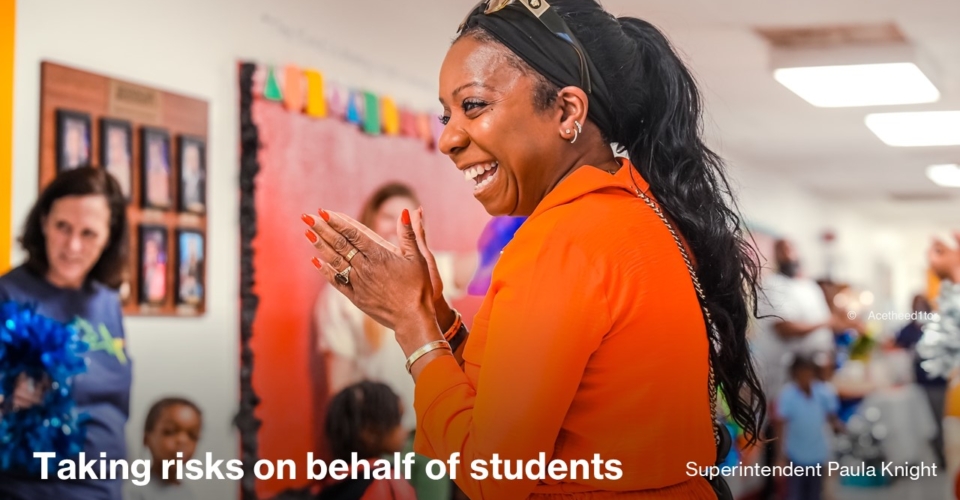Five years ago this month, the World Health Organization declared the COVID-19 outbreak a pandemic. In response, our world—and our schools—were isolated. Doors closed, activities were canceled and teachers quickly pivoted to teach online.
Despite the Herculean effort to keep students engaged and learning through a global health crisis, the impacts of those disruptions to learning are still being felt today.
Based on the recent evidence comparing recovery trends since 2022, mathematics is showing modest recovery. But even at the current rate of progress, most national assessment data show that full math recovery is still more than seven years away.
More from DA: This is how the Education Department will close
For reading, the picture is worse. Most data sources point to continued declines between 2022 and 2024, with no clear signs that students have reached a turning point toward recovery.
As concerning as these trends are, they only tell the story of averages. We know the pandemic was not an equal opportunity hitter. Students from traditionally underserved populations and those at the lowest performance level are being impacted the most while recovering the slowest.
Black students are showing promising improvement. However, Hispanic and economically disadvantaged students are recovering more slowly than their peers. Another concerning trend is that test scores for girls have dropped more than boys’ during the COVID-19 years, and in 8th-grade math, a gender gap favoring boys re-emerged for the first time in 20 years.
Another trend raising concerns post-pandemic is the widening academic divide between low- and high-performing students. On the latest Nation’s Report Card, released earlier this year, the highest-performing students made gains since 2022 in math, while low-performing students (those below the 25th percentile) showed continued declines.
This growing gap means that students at either end of the achievement spectrum will require increasingly specialized support. It also underscores the challenge for educators, as classrooms become even more academically diverse, demanding teachers further personalize their instruction to meet those needs.
3 COVID recovery recommendations
Regardless of where each data source lands on the severity of the impact and the length to recovery, they highlight a long journey still ahead for U.S. students and the education community supporting them. For district leaders often facing questions on their next step for recovery, there are options:
- Prioritize getting students to attend school regularly. Tackling the ongoing challenge of chronic absenteeism, which has been connected as a factor in slower recovery rates, is a must. One strategy leveraged by Guildford County School District in North Carolina focused on reducing barriers to transportation. The district’s leaders prioritized purchasing more buses, hiring more drivers, and partnering with public transportation providers to ensure students can get to and from school.
- Improve access to high-quality instructional materials combined with a focus on proper implementation. It’s not enough to invest in quality core curriculum, district leaders must consider the implementation of those materials and how to provide ongoing support for educators to ensure those materials are used effectively.
- Continue to invest in evidence-supported interventions. Over the past five years, education research has explored which programs and interventions could be the greatest drivers of recovery. Two programs—high-dosage tutoring and summer learning—have shown strong potential for success, provided they are implemented effectively and targeted toward students based on their specific needs.
Education leaders and policymakers must continue advocating for high-quality data, such as NAEP, to track trends, identify what is supporting student learning and guide investments that ensure every student has the opportunity to thrive.
While we can’t predict what the next five years will bring, one thing is clear: a deep commitment to evidence-based decisions is essential to prevent deepening the educational debt we owe this generation.



